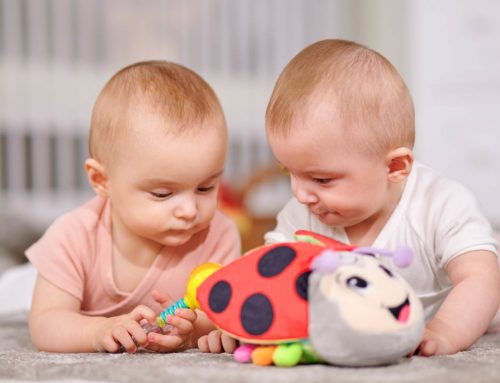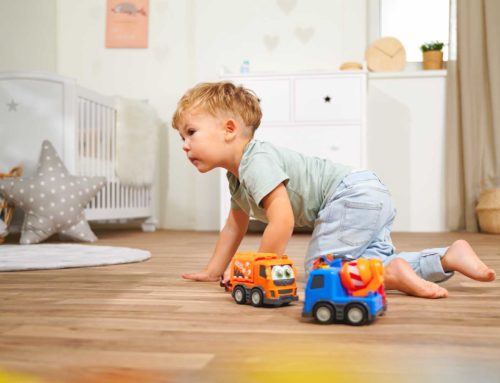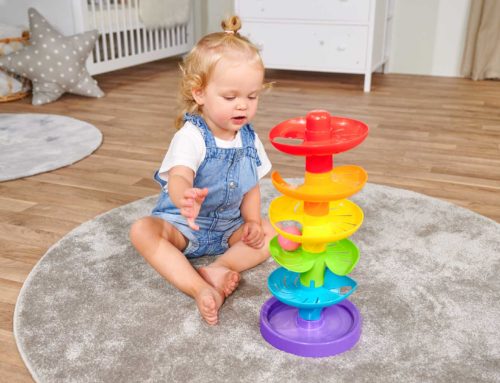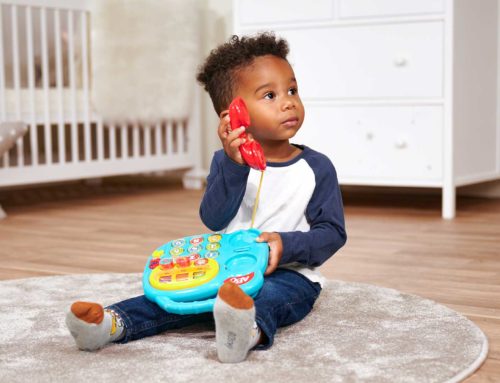What helps with teething?
Signs that your baby is teething
All babies are different. So are the symptoms of teething. For some, there are no signs that a new tooth is about to erupt, and others may show one or more of these symptoms:
- Irritability. Restless, cranky – whatever you call it, they are just not themselves. Giggling has been replaced by whining and screaming. They are more clingy than usual.
- Drooling. Pack an extra bib!
- Red and swollen gums. When you open your Baby’s mouth, the gums are no longer nice and pink but thick and red.
- Decreased appetite. Eating with inflamed gums is uncomfortable at any age, particularly for your baby, which cannot express its problem. Sometimes babies stop eating until the tooth erupts.
- Mouthing.
It usually takes about three or four days for the tooth to break through the gum. After that, the symptoms should subside.
However, do not be surprised if your baby starts teething again soon. You may experience déjà vu of teething up to 20 times. This is the number of baby teeth waiting to “erupt.”

Signs that it is more than teething
Symptoms a doctor should check out:
- Fever higher than 101°F (38°C),
- Diarrhea,
- Runny nose,
- Inconsolable crying.
However, if all signs point to a teething baby, the following home remedies are recommended:
A wet cloth. Freeze a wet cloth and give it to your baby to chew. This will help soothe the inflammation of the gums. You can also massage the gums gently with a cold cloth.
Cold food and frozen food can also help with the pain.
Teething cookies. Starting at 8 to 12 months of age, you can offer teething cookies. However, pay attention to gum hygiene. Once your baby has more teeth, it is time to introduce the toothbrush. You do not need a toothbrush for this yet, but brushing should be made routine as early as possible, as it helps prevent cavities later.
Teething rings and toys. Those toys are extremely helpful. They are in the right size so that the baby can hold them themselves and alleviate the pain simultaneously. Avoid freezing gel rings, as they can break easily if your child chews on them. It is better only to store them in the fridge and offer them cold.
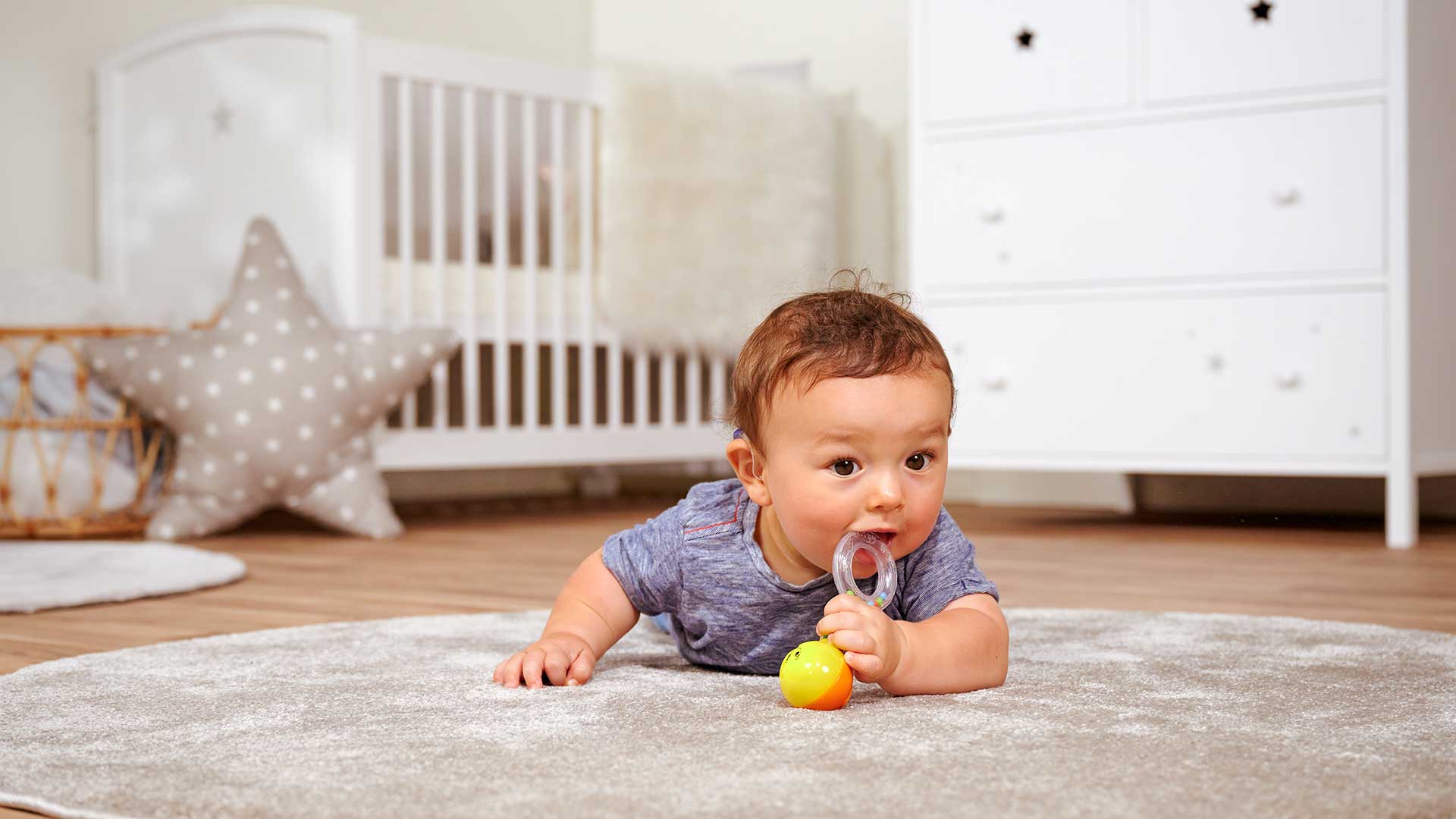

Signs that your baby is teething
All babies are different. So are the symptoms of teething. For some, there are no signs that a new tooth is about to erupt, and others may show one or more of these symptoms:
- Irritability. Restless, cranky – whatever you call it, they are just not themselves. Giggling has been replaced by whining and screaming. They are more clingy than usual.
- Drooling. Pack an extra bib!
- Red and swollen gums. When you open your Baby’s mouth, the gums are no longer nice and pink but thick and red.
- Decreased appetite. Eating with inflamed gums is uncomfortable at any age, particularly for your baby, which cannot express its problem. Sometimes babies stop eating until the tooth erupts.
- Mouthing.
It usually takes about three or four days for the tooth to break through the gum. After that, the symptoms should subside.
However, do not be surprised if your baby starts teething again soon. You may experience déjà vu of teething up to 20 times. This is the number of baby teeth waiting to “erupt.”

Signs that it is more than teething
Symptoms a doctor should check out:
- Fever higher than 101°F (38°C),
- Diarrhea,
- Runny nose,
- Inconsolable crying.
However, if all signs point to a teething baby, the following home remedies are recommended:
A wet cloth. Freeze a wet cloth and give it to your baby to chew. This will help soothe the inflammation of the gums. You can also massage the gums gently with a cold cloth.
Cold food and frozen food can also help with the pain.
Teething cookies. Starting at 8 to 12 months of age, you can offer teething cookies. However, pay attention to gum hygiene. Once your baby has more teeth, it is time to introduce the toothbrush. You do not need a toothbrush for this yet, but brushing should be made routine as early as possible, as it helps prevent cavities later.
Teething rings and toys. Those toys are extremely helpful. They are in the right size so that the baby can hold them themselves and alleviate the pain simultaneously. Avoid freezing gel rings, as they can break easily if your child chews on them. It is better only to store them in the fridge and offer them cold.


